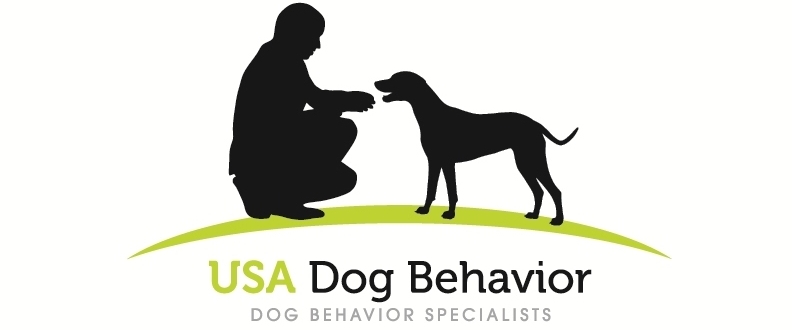Why is my dog aggressive to dogs when he is on-leash, but not aggressive when he is off-leash?
©Scott Sheaffer, CDBC, CPDT-KA, USA Dog Behavior, LLC
This is a question I am asked almost every day. An owner’s dog will lunge and bark at dogs when he is on-leash, yet seems to enjoy being around other dogs while off-leash at a dog park.
There are three main components in answering this question: root cause, physical environment and response. I’m going to address these three elements individually.
Root Cause
As hard as this may be to get your head around, the most common reason that a dog barks and lunges at other dogs when he is on-leash is fear of dogs. This is a fairly common behavioral issue in dogs and is more prevalent in certain breeds such as German Shepherds and Pit Bulls for example (see German Shepherds are the Second Most Popular Dog in America. Why do you Rarely See Them in Public?).
Why is this issue found in some breeds more than others? It’s primarily because of puppy mills and their complete lack of concern for temperament when breeding. Please note, however, that every breed of dog is susceptible.
Dogs that are afraid of and react to other dogs (called dog reactivity) require a certain distance (called threshold distance) from another dog in order to feel safe. Distance is extremely important in fearful dogs. Most of my clients are probably tired of hearing me say, “Distance is everything when it comes to fear in a dog.”
Physical Environment
We’ve established that a dog barking and lunging on-leash at another dog is most likely doing so because it is afraid of the other dog and wants it to go away (i.e., more distance). But when a dog is on-leash what option is taken away from him? He can’t run or move away; he’s tethered to the human. The only option left to increase distance between him and the other dog is to attempt to get the other dog to move further away.
Response
Fearful dogs frequently use the offense-is-the-best-defense strategy when they are afraid of something; this includes getting other dogs to move further away. Dogs learn early in life that if they lunge, bark, growl, show their teeth, etc. that animate objects will move away – including dogs.
Putting the Pieces Together
Dogs that are off-leash have all kinds of options when it comes to physically relating to other dogs. Dogs that are fearful of other dogs, for example, can move away from other dogs in a dog park because they are not tethered to anything (e.g., human). The main ingredient here is control and freedom of movement.
However, dogs on-leash have few options. If they are fearful of other dogs, they may use aggressive behaviors in an attempt to create more distance between them and other dogs. It’s a classic offense-is-the-best defense strategy.
Dogs that are fearful of other dogs are usually great dogs in every respect except for this one issue. Ironically, this makes it even more difficult for owners to emotionally deal with their dog’s reactivity toward other dogs. I hear it all the time, “He’s a perfect dog except for this one thing; it’s so frustrating and embarrassing.”
If you have a dog that is barking and lunging on-leash when he sees other dogs, please see a qualified and certified animal behaviorist or dog behavior consultant for help. You are not alone - dog reactivity is a common issue. It's also a complicated one that usually gets worse without intervention and almost always requires the help of a professional.

